“Never trust, always verify.” It’s more than just a phrase—it’s the rallying cry behind one of the most influential cybersecurity models of the modern era: Zero Trust Architecture (ZTA). But as organizations scramble to modernize their defenses, the question arises—is Zero Trust truly a backbone of cybersecurity, or has it become just another industry buzzword?
In a world where remote work, cloud computing, and sophisticated cyberattacks dominate the digital landscape, traditional perimeter-based security models are no longer enough. According to a 2025 Forrester report, 78% of enterprises have either adopted or are actively exploring Zero Trust strategies. Clearly, ZTA is gaining traction—but not without confusion, hype, and growing pains.
In this article, we dig into the fundamentals of Zero Trust Architecture, examine why it’s so crucial in today’s threat landscape, explore common misconceptions, and provide guidance on implementing it successfully. Is it overhyped? Or is it the future of cyber defense?
What Is Zero Trust Architecture?
At its core, Zero Trust Architecture is a cybersecurity model that operates on a simple but powerful principle: no user, device, or application should be trusted by default, even if it resides inside the network perimeter. This approach marks a stark departure from traditional perimeter-based defenses, which operate on the assumption that everything inside the network can be trusted.
Zero Trust treats every access request as potentially malicious and requires continuous verification based on a combination of identity, device posture, geolocation, time of request, and more. Rather than relying on static credentials or network position, ZTA ensures that trust is earned dynamically and contextually—every time.
The Core Principles of Zero Trust
Zero Trust Architecture is built upon several foundational principles. The first is continuous verification, which means that users and devices must constantly prove their trustworthiness. Authentication isn’t a one-and-done process; it’s ongoing and adaptive.
The second is least privilege access. Every user, device, and application is granted the minimal level of access necessary to perform its task—nothing more. This significantly reduces the attack surface and limits the potential damage of breaches.
Microsegmentation is another critical pillar. By breaking networks and systems into granular, isolated zones, Zero Trust prevents lateral movement within the environment, containing potential threats before they spread.
Finally, trust must be placed in verified context—this means validating both the identity and security posture of the user or device before allowing any interaction with resources.
Why Zero Trust Matters in 2025
The cybersecurity landscape in 2025 is more volatile than ever. As enterprises embrace hybrid workforces and multi-cloud environments, attack surfaces have expanded dramatically. Remote access, BYOD (Bring Your Own Device) policies, cloud-native applications, and increasingly sophisticated ransomware have rendered traditional perimeter defenses inadequate.
Zero Trust offers a solution by aligning security with modern realities. It doesn’t rely on physical network boundaries. Instead, it protects each resource individually, wherever it lives—on-premises, in the cloud, or at the edge.
Regulatory frameworks are also pushing organizations toward Zero Trust. NIST SP 800-207, the U.S. Executive Order 14028, and the CISA Zero Trust Maturity Model are all compelling organizations to rethink their security strategies and adopt ZTA.
In essence, Zero Trust is not just a defensive measure—it’s a strategic imperative for any organization serious about resilience and compliance.
Implementation Challenges and Myths
While Zero Trust Architecture is a powerful model, it’s often misunderstood. A common myth is that Zero Trust guarantees zero risk. This is false—no security model can eliminate risk entirely. Zero Trust reduces risk by enforcing strict access controls and continuous monitoring, but organizations must still remain vigilant.
Another misconception is that Zero Trust is something you can “buy.” Vendors often package products under the “Zero Trust” label, but ZTA is not a one-size-fits-all solution. It is a strategic framework, not a single product or tool.
Implementing Zero Trust is not without its challenges. Legacy systems often lack the APIs and modularity needed to support ZTA. The cost and complexity of overhauling outdated infrastructure can be high, and many organizations face cultural resistance. Employees may view enhanced verification measures like multi-factor authentication (MFA) as a burden, and without proper change management, adoption can suffer.
That said, these obstacles can be overcome with a well-defined roadmap, executive support, and ongoing education across the organization.
How to Implement Zero Trust Successfully
A successful Zero Trust journey begins with identifying your “protect surface”—that is, the most critical data, applications, assets, and services (DAAS) you need to defend. Unlike a broad perimeter, the protect surface is specific and manageable.
Next, organizations must map the flow of interactions between users, devices, and applications. This visibility allows for the design of policies that control who can access what—and under what conditions.
From there, it’s essential to establish policy enforcement points using technologies like identity and access management (IAM), endpoint detection and response (EDR), cloud access security brokers (CASBs), and software-defined perimeters (SDP).
But technology alone isn’t enough. Monitoring tools must analyze real-time behavior, adapt access privileges dynamically, and integrate with security information and event management (SIEM) platforms. The key is continuous improvement—Zero Trust is not a destination but a security lifestyle.
Real-World Examples of Zero Trust in Action
Several organizations have successfully implemented Zero Trust strategies. Google’s BeyondCorp initiative, for example, replaced traditional VPN access with user- and device-centric controls, allowing secure access from anywhere.
In the public sector, the U.S. federal government’s Zero Trust mandate—issued via Executive Order 14028—requires all federal agencies to adopt Zero Trust frameworks by 2026.
The healthcare industry is also embracing ZTA to defend against ransomware and protect patient data. Hospitals and medical research institutions are deploying Zero Trust to secure electronic health records (EHRs), manage access to clinical systems, and ensure compliance with HIPAA and other regulations.
Of course, not every Zero Trust rollout has been smooth. Organizations that skipped risk assessments, underestimated cultural impact, or tried to adopt ZTA with a “big bang” approach have encountered technical debt, operational friction, and even reduced security in the short term. A phased, strategic deployment is always recommended.
Is Zero Trust the Future Backbone of Cybersecurity?
With all signs pointing to continued digital transformation, the need for dynamic, context-aware security has never been greater. Zero Trust Architecture offers a blueprint for organizations seeking to protect their assets in a world of constant change.
By incorporating AI-driven behavioral analytics, policy automation, and integrations with Secure Access Service Edge (SASE) platforms, ZTA is evolving into a full-fledged, cloud-native defense model that adapts as threats evolve.
That said, Zero Trust only works when the organization aligns people, processes, and technology. Without executive support, user buy-in, and governance, Zero Trust becomes just another label on a disconnected tech stack.
In short, Zero Trust is not just the future—it is the present, and it’s reshaping how we think about security in 2025 and beyond.
Need of Modern Cybersecurity
So, is Zero Trust Architecture a buzzword or a backbone? In 2025, the answer is clear: it’s the backbone of modern cybersecurity. It’s not a plug-and-play tool, nor is it a fleeting trend. When implemented thoughtfully and strategically, ZTA transforms the way organizations approach trust, access, and defense.
In a world defined by ransomware, insider threats, and cloud sprawl, Zero Trust empowers businesses to stay resilient, compliant, and secure. The path to Zero Trust starts with clarity: know your assets, understand your risks, and verify every interaction—every time.
Are you ready to take the first step toward Zero Trust? Don’t wait for a breach to modernize your security posture. Start small, think big, and build a security framework that’s made for the future.
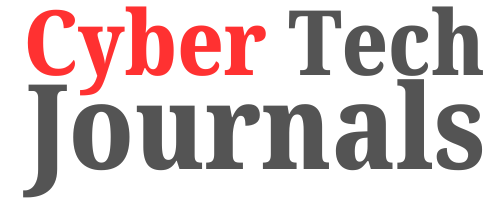
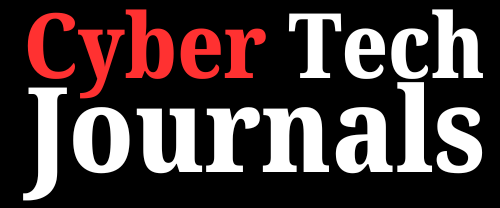
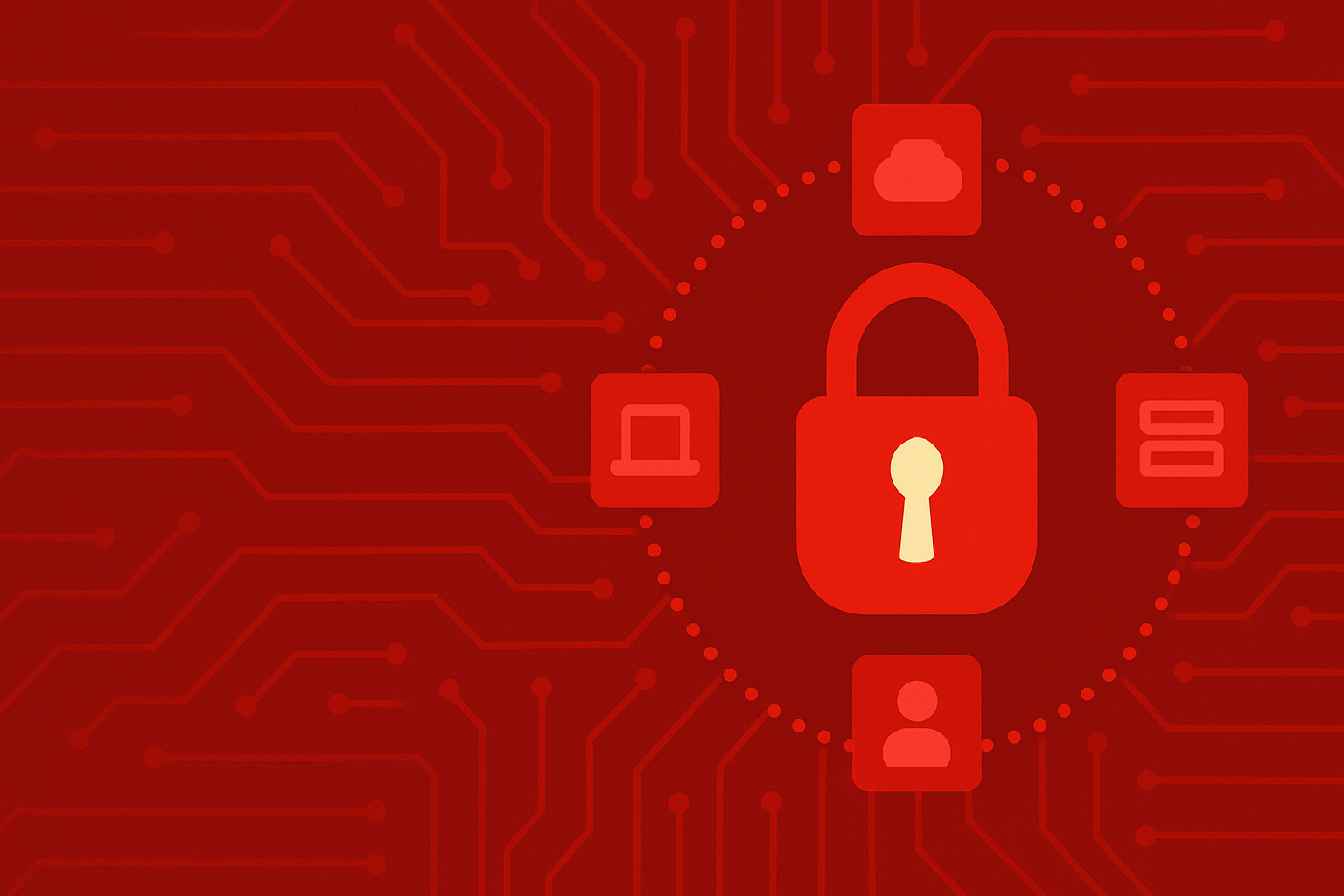
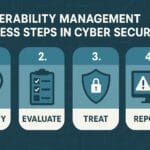

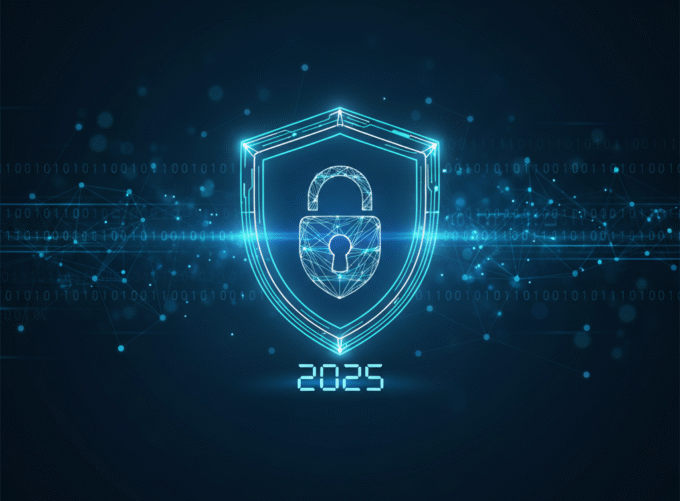







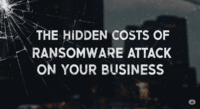


1 Comment